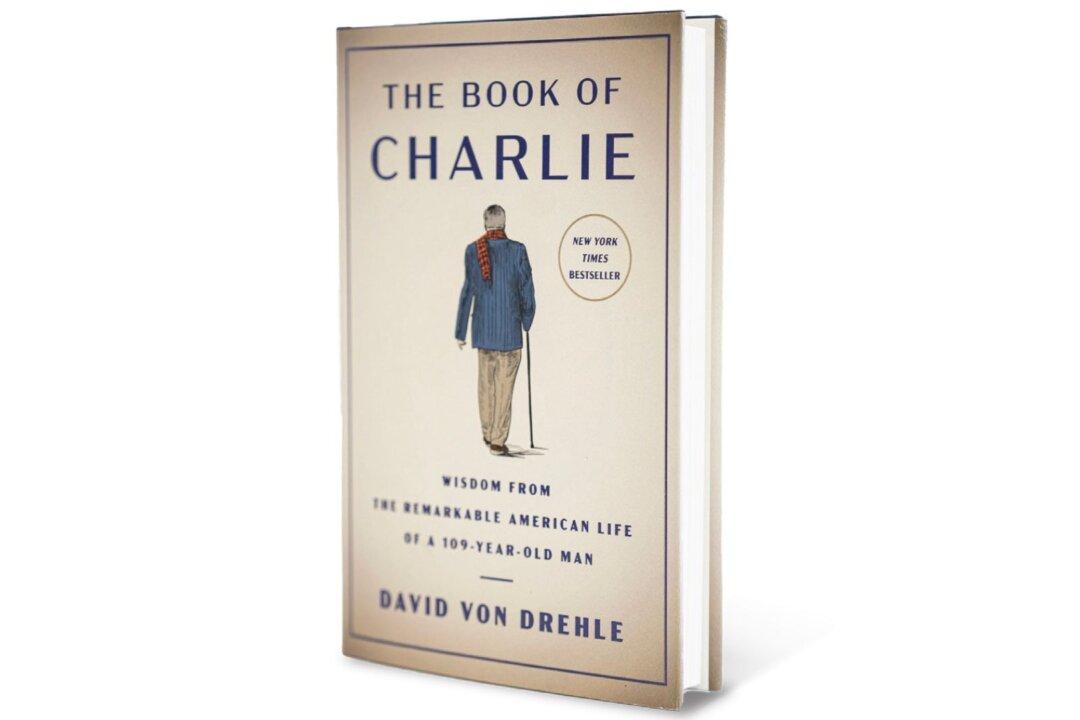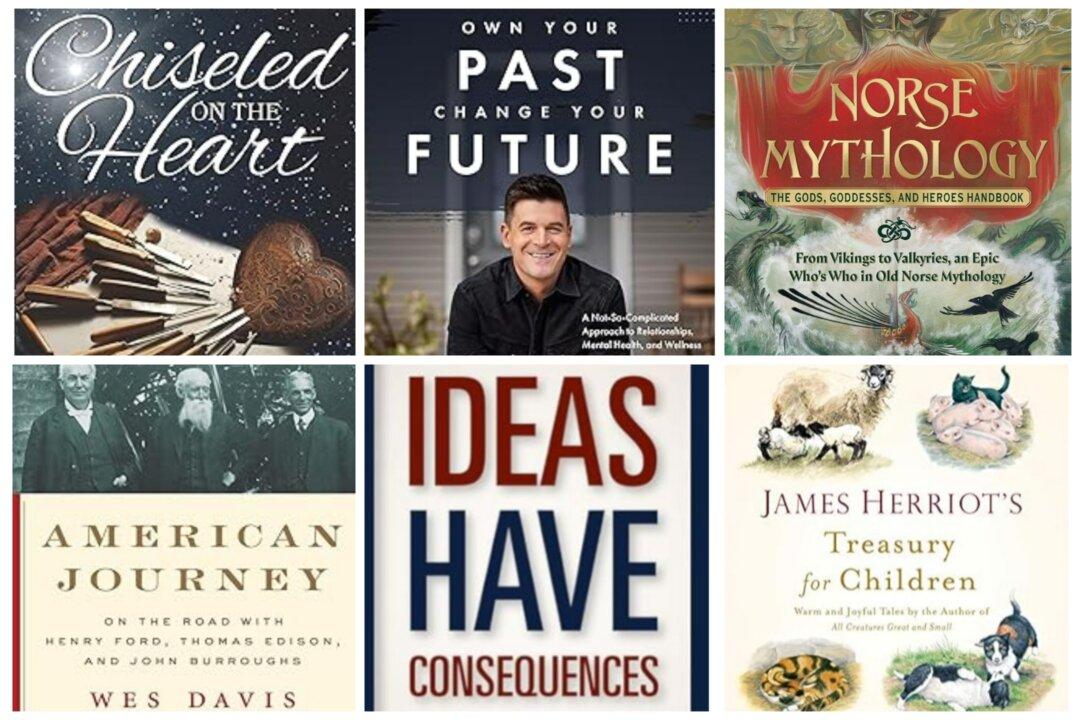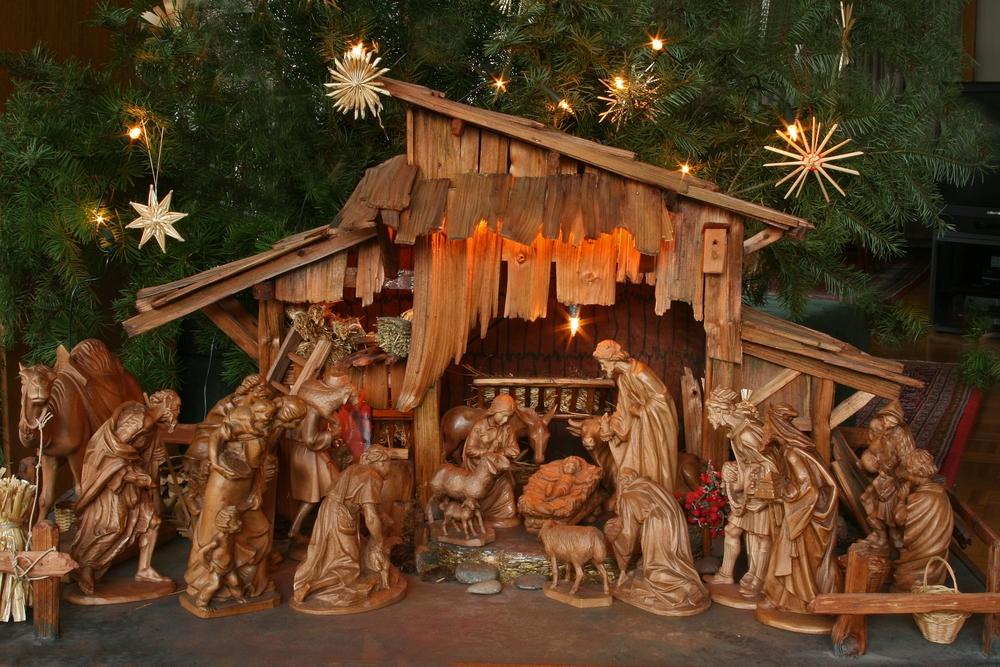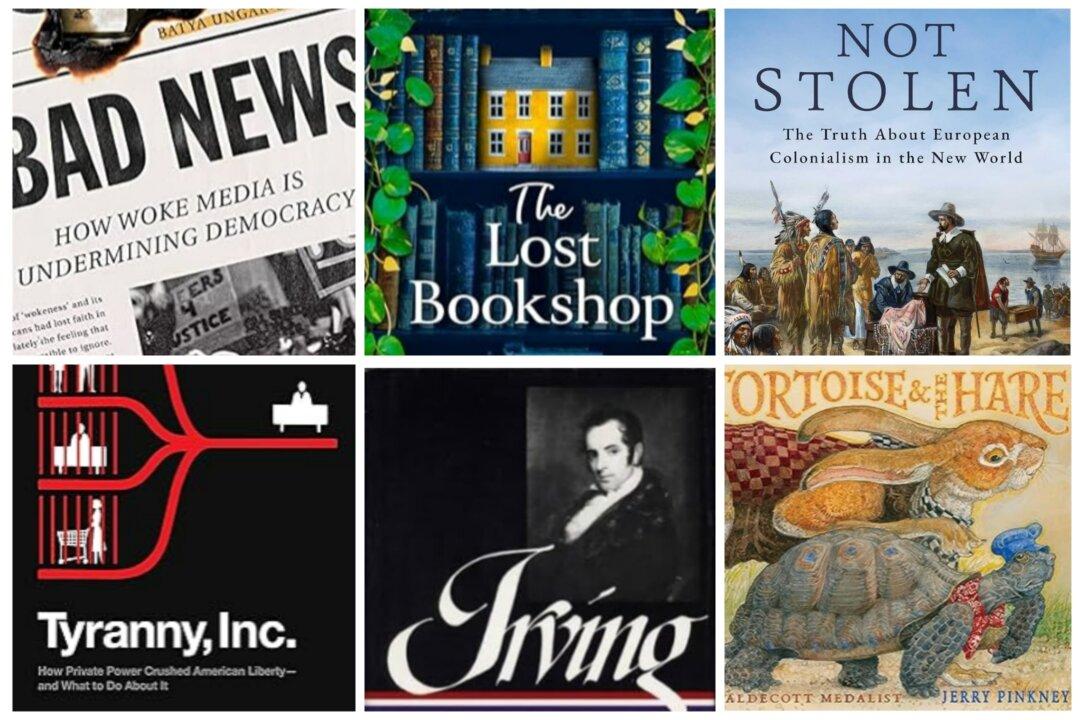When I was a very small girl, one of my favorite places to be at Christmastime was underneath the pine tree that my father would erect in front of our picture window. The fragrance of those pine boughs filled my head as I would gaze upward. I’d see distorted images of myself in the galaxy of glass orbs that hung from the branches. The orbs always made me smile and, for me, was magical. The merriment of the season often got its start from those youthful orb observations. Those were nostalgic moments in long-ago Christmases.
Today, with so much commercialism and hyped marketing that started months ago, our enjoying a bit of seasonal nostalgia is challenging as Dec. 25 draws near. But I came upon this delightful collection of writings and drawings that, for the relatively short time it takes to read, will transport readers to another time and era when things were perhaps simpler and better appreciated.

A Beautiful Book
For those craving Christmastime nostalgia and for fans of J.R.R. Tolkien, this gorgeously illustrated volume will be one to cherish. Spanning more than two decades, from 1920 to 1943, the author, best known for “The Hobbit” and “The Lord of the Rings,” penned letters to his children each December.His creative handwriting, beautiful drawings, and inventive tales from the North Pole first introduced a caring and humorous Santa to his eldest son, John, when he was 3 years old. As the years passed, Tolkien’s children increased to include Michael, Christopher, and Priscilla.

With Tolkien’s future works in mind, Father Christmas’s household expanded over the years to include a cast of colorful and often mischievous characters including the North Polar Bear, his nephews Paksu and Valkotukka, Goblins, Red Gnomes, Snow-men, Cave-Bears, and an Elf named Ilbereth, to name a few.
His yearly letters grew in complexity with masterful storytelling, including goblin attacks and the search for the North Polar Bear who goes missing. He is eventually found in a labyrinth of caves.
Tolkien uses these letters as endearing communications to his children, but they are also subtly instructive. For example, when the North Polar Bear is lost in the caves, it gives Father Christmas an opportunity to share with his children the rich history and symbolism of cave paintings. This he does with words and illustrations.
Tolkien’s drawings are wonderful. They’re intricate and imaginative (like his creative handwriting) and invite the reader to explore them in detail, delighting when Santa dons a new pair of green pants, or when the North Polar Bear takes a tumble as an icy gale blows through the workshop.

As Children Grow
There are a few years when Father Christmas tells his children that their gifts may not be as plentiful since there are so many in need around the world, not just for books and toys but also for food and clothing. And then there are the war years, particularly when England is hard hit in the 1940s. Father Christmas is not immune to these global events.He is always cognizant of the stages of the children’s academic and emotional development from year to year. John may not be as interested in the letters since he’s gotten older, Priscilla may be at the age when she can read for herself without help from her brothers, Christopher is getting over an illness; the letters reveal a creative and very caring father who would become a globally endearing author.
Christopher Tolkien was the literary executor of his father’s estate. He did much to keep his father’s legacy alive by editing many of his father’s works posthumously.

There are several versions of “Letters From Father Christmas,” but this one is the Centenary Edition (2020) marking 100 years from when the first of his letters appeared in 1920. It includes copies of his original letters written in his notable shaky and stylistic manner, easy-to-read translations of those sensational scribblings, and the Goblin alphabet that the North Polar Bear deciphers from his time in the cave studying paintings, and all of Tolkien’s endearing drawings.
Tolkien died in 1973, so this year marks the 50th anniversary of his passing. It seems a fitting time to offer readers this collection of letters from a famous father to his children at Christmastime.
Christmastime nostalgia at its best. Readers young and old are sure to be charmed.









